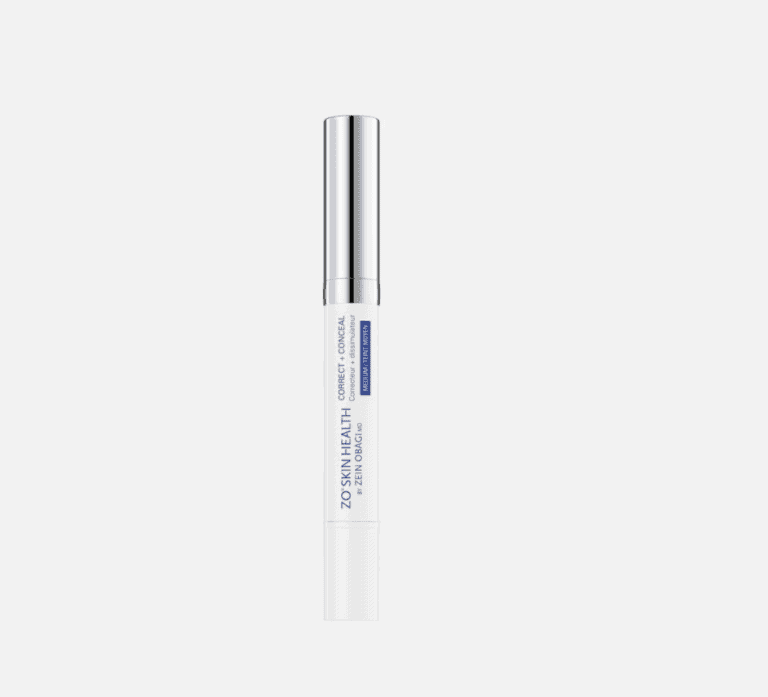
Scars are part of your body’s natural healing process. As your body heals and repairs damaged skin and closes the gap, scarring can occur.
What are Scars?
A scar is usually made of fibrous tissue and occurs after repairing damaged skin. Scars can appear anywhere on your body, and the final look of the scar depends on several different factors.
What Causes Scars?
Common causes of scars include infections, surgery, and injury. Scars are a natural part of the healing process. The final look of the scar depends on the following:
- Extend of the injury or event that caused the scar
- Skin type
- Genetics
- Age
- Ethnicity
- Treatment you received after the initial wound (stitches, etc.)
- Body part
What are the Symptoms of Scars?
Scars come in all shapes and sizes. Even if you have 2 scars on your body, they may look very different. Often, scars that end up looking flat tend to start off raised and red. Scars take time to heal and fade.
There are various types of scars, including:
Keloid scars – raised scars that spread further than the wound site.
Hypertrophic scars – raised scars that you can feel when you run your hand over them. The scar doesn’t spread further than the wound area.
Contractures – these scars often develop after burns and can make the skin feel tight when you move.
Atrophic scars – sunken scars that are often the result of acne or chickenpox.
Flat – this scar may feel raised initially, but over time it heals flat.
Stretch marks – when the skin stretches or shrinks quickly, it can result in stretch marks because the connective tissues under the skin are damaged. Stretch marks often occur during pregnancy, puberty, and after losing or gaining a lot of weight.
How Can You Treat Scars?
Depending on the size and type of the scar, there are a couple of different approaches to treatment. For large scars, one option is scar revision surgery. This involves a surgical procedure to reduce and minimise the appearance of the scar, which can be done anywhere on the body.
Microneedling is also an effective way of treating stretch marks, scars, wrinkles, and large pores. For stretch marks, results can last for several months. Depending on the type of scarring you have, a chemical peel may be beneficial for some types of acne scarring.
To help improve the appearance of scars, ZO Skin Health has a range of products to improve the appearance of the skin, hydrate, and even skin tone.
ZO’s Hydrating Creme – this product helps to restore hydration, soothe the skin, and help skin barrier function and hydration.

ZO’s Correct + Conceal – the spot corrector conceals skin imperfections for an instant, natural, and long-lasting matte coverage.

ZO’s Acne Control – the maximum strength acne-fighting formula both treats and prevents future outbreaks. It contains 10% micronized benzoyl peroxide to treat acne lesions and also helps to neutralise bacteria-causing acne and breakouts.

As you can see, there is a range of treatment options for scars, from surgery to topical treatments. To discuss your scar treatment, book a consultation today through 0203 582 4947 or by sending an email to [email protected].
Further Reading:










